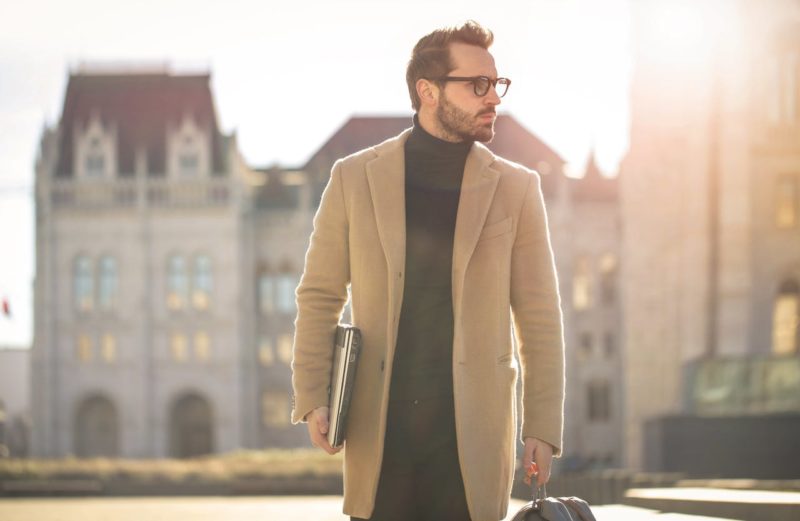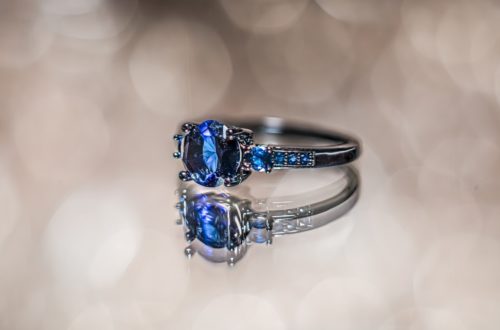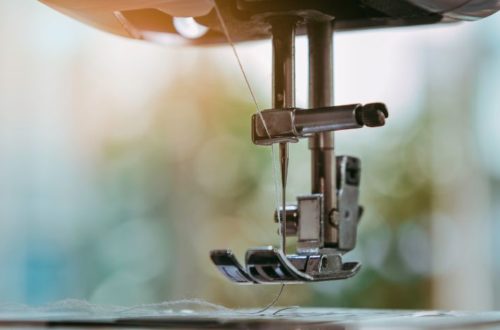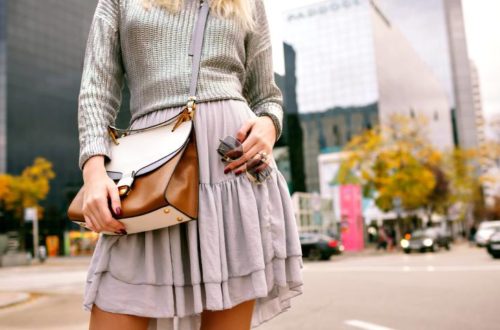Beyond the Dress Code: Redefining Men’s Formalwear for Work, Social Life & Self-Expression

In today’s world, what we wear says far more than what’s printed on a business card. Gone are the days when men’s formalwear was defined by strict rules and rigid expectations. The modern gentleman isn’t dressing to blend in, he’s dressing to express. For me, it all started with subtle details, choosing fabrics that felt good, shoes that told a story, and even deciding to buy Creed fragrances at Jomashop.com to complete the look. Because style isn’t just what people see, it’s how you move through the world.
This evolution in men’s fashion isn’t just aesthetic. It reflects deeper cultural changes, from workplace flexibility to shifting gender norms and a broader embrace of individuality. Today’s formalwear is as much about personality and confidence as it is about polish.
From Uniform to Identity
For much of the 20th century, men’s formalwear served a clear purpose: conformity. Suits were uniforms of professionalism; clean lines and neutral colors projected reliability and restraint. But as office culture, technology, and generational values evolved, so did our relationship with the clothes we wear.
In the post-pandemic era, hybrid work models and flexible dress codes have blurred the boundaries between “office attire” and “off-duty chic.” A tailored blazer may now pair with sneakers and a T-shirt, while linen suits have found a home in coffee shops as easily as boardrooms.
This shift doesn’t mean formality has vanished, it means it’s been reinterpreted. The modern man understands that expressing authenticity builds more trust than simply looking traditional. Whether you’re pitching clients, performing on stage, or attending a gallery opening, what matters most is cohesion between who you are and how you present yourself.
The Rise of Personal Expression in Men’s Fashion
The evolution of men’s formalwear is, at its core, a story about freedom. Designers and stylists have opened up what “formal” can mean, giving men permission to explore texture, color, and silhouette in ways that were once unthinkable.
Bold velvet dinner jackets in jewel tones, floral neckties, unstructured linen suits, all speak to individuality rather than imitation. The classic black-tie uniform has expanded to include a world of creative interpretation.
And this isn’t just runway fantasy. Everyday men are increasingly experimenting with their wardrobe to express mood, creativity, and even values. Whether it’s choosing sustainable fabrics or blending cultural elements into Western tailoring, style becomes a visual language for self-expression.
Fashion researchers call this the “New Formal Movement”, a global trend toward authenticity and versatility in menswear. According to GQ and Vogue Business, today’s consumers “seek confidence through comfort,” valuing garments that reflect both personal style and social awareness.
Hybrid Dressing: The New Normal
Hybrid dressing, the blend of casual and formal, defines the 2020s. It’s the reason why we see Oxford shirts under bomber jackets, loafers paired with denim, and tailored pants styled with relaxed knits.
This approach makes fashion more fluid and accessible. It’s also deeply practical: men want wardrobes that work across contexts, whether it’s a video call, a dinner date, or a night out with friends.
How to Build a Hybrid Formal Wardrobe
- Start with timeless staples. A navy or charcoal suit anchors everything. Break the pieces apart, wear the blazer with jeans or the trousers with a casual shirt.
- Invest in textures. Tweed, corduroy, and linen introduce visual interest without overwhelming formality.
- Play with footwear. Mix sneakers with suits for daytime energy; switch to brogues or loafers for evening polish.
- Don’t forget scent and accessories. A pocket square, leather strap watch, or a subtle fragrance transforms how your outfit feels, even to you.
These micro-details complete the transformation from “wearing a suit” to inhabiting your look.
The Subtle Power of Fragrance in Men’s Style
We often talk about suits and shoes, but fragrance carries its own authority. It’s the invisible layer that announces you before you speak. A refined scent, like those crafted by Creed, communicates depth, taste, and self-assurance.
Think of fragrance as part of your personal brand. Just as a suit can express professionalism or creativity, scent communicates your energy. Fresh citrus tones suit bright, active days; smoky or woody accords add magnetism in the evening.
Research published in the Journal of Fashion Marketing and Management shows that scent directly influences perceptions of confidence and trustworthiness, confirming that personal grooming is integral to modern style.
When style and scent align, your presence becomes unforgettable.
Inclusivity and Cultural Influence
Formalwear is also being reshaped by cultural diversity. African, Asian, and Middle Eastern design aesthetics are increasingly influencing global menswear, from Ankara blazers to Mandarin-collar shirts and embroidered tunics.
This inclusivity reflects a broader recognition: elegance isn’t confined to a single tradition. Men are merging heritage with modern tailoring, creating looks that are both personal and powerful.
In many ways, this blending of influences mirrors today’s social landscape, interconnected, expressive, and proud of difference. It’s a quiet form of empowerment: to wear your identity, not just your outfit.
The Future of Men’s Formalwear
Looking ahead, the most defining trend won’t be a particular cut or color, it will be adaptability. The modern wardrobe is becoming more sustainable, digital, and personal. Expect to see:
- Smart tailoring: suits made with performance fabrics that resist wrinkles and adapt to temperature.
- Sustainability: increased demand for ethical sourcing, recycled textiles, and slow fashion craftsmanship.
- Customization: AI-powered fit algorithms and online bespoke tailoring.
Men’s formalwear will continue to evolve alongside these shifts, but one thing remains constant: confidence never goes out of style.
The modern man no longer hides behind the dress code, he rewrites it. Whether you’re suiting up for a client pitch or dressing down for a dinner party, what defines elegance today is authenticity.
Your outfit tells a story. Let it speak of creativity, confidence, and character. And when you add the perfect finishing touch, a subtle scent, a bold detail, a tailored edge, you’re not following fashion. You’re defining it.
Would you like to receive similar articles by email?





